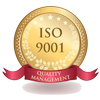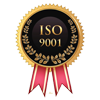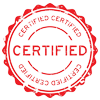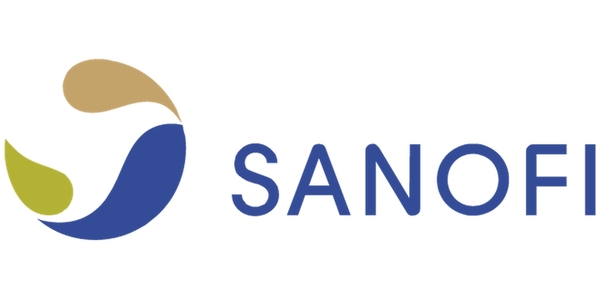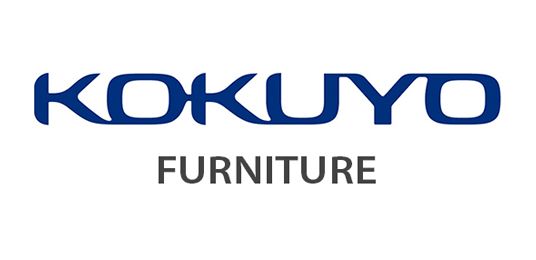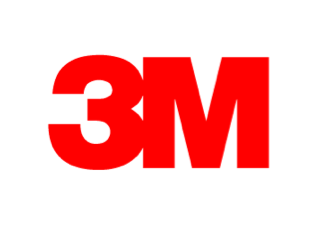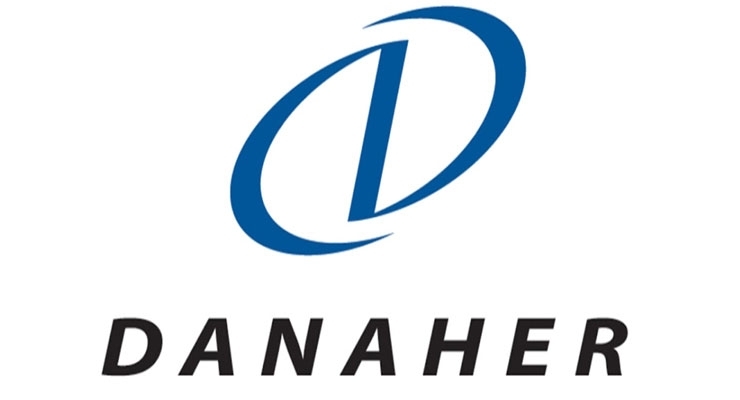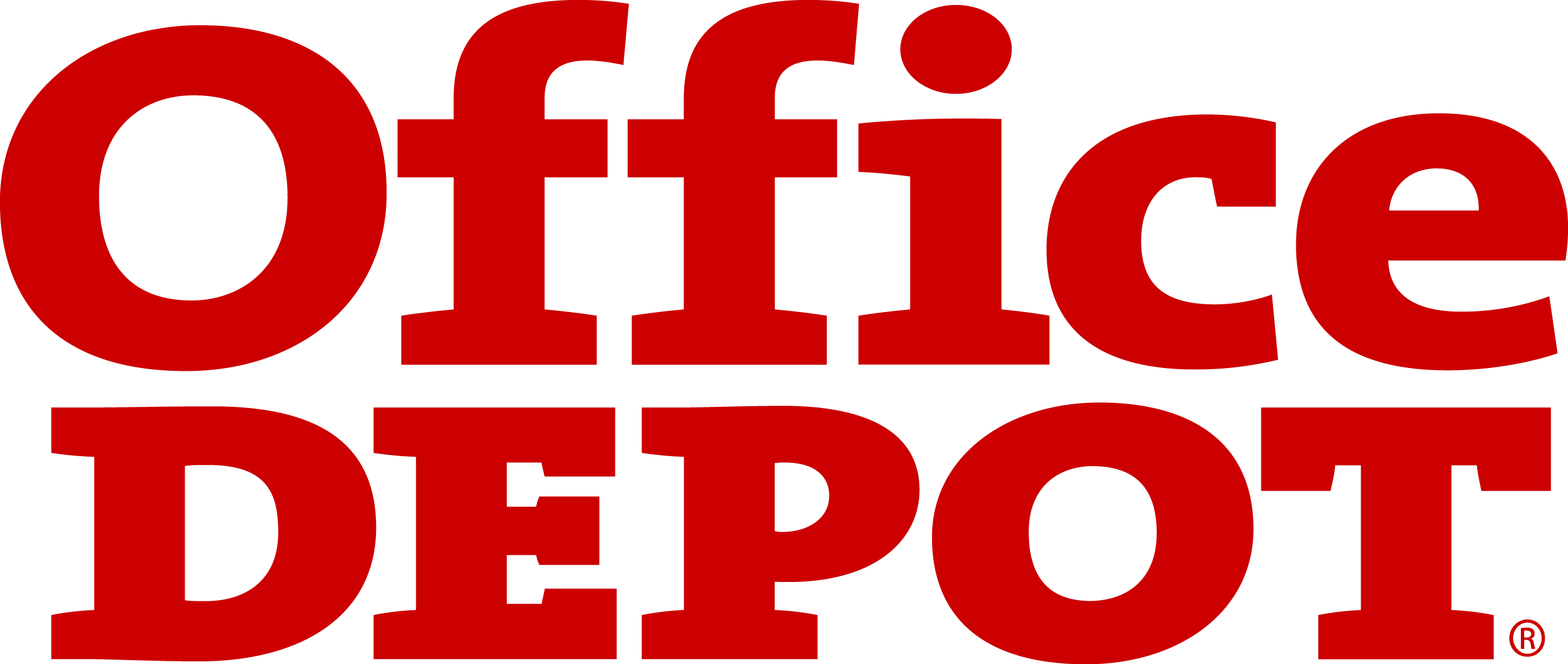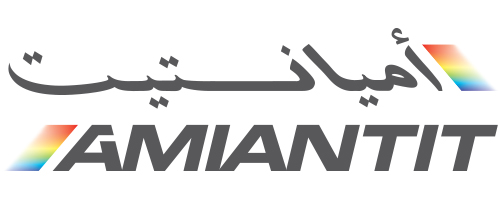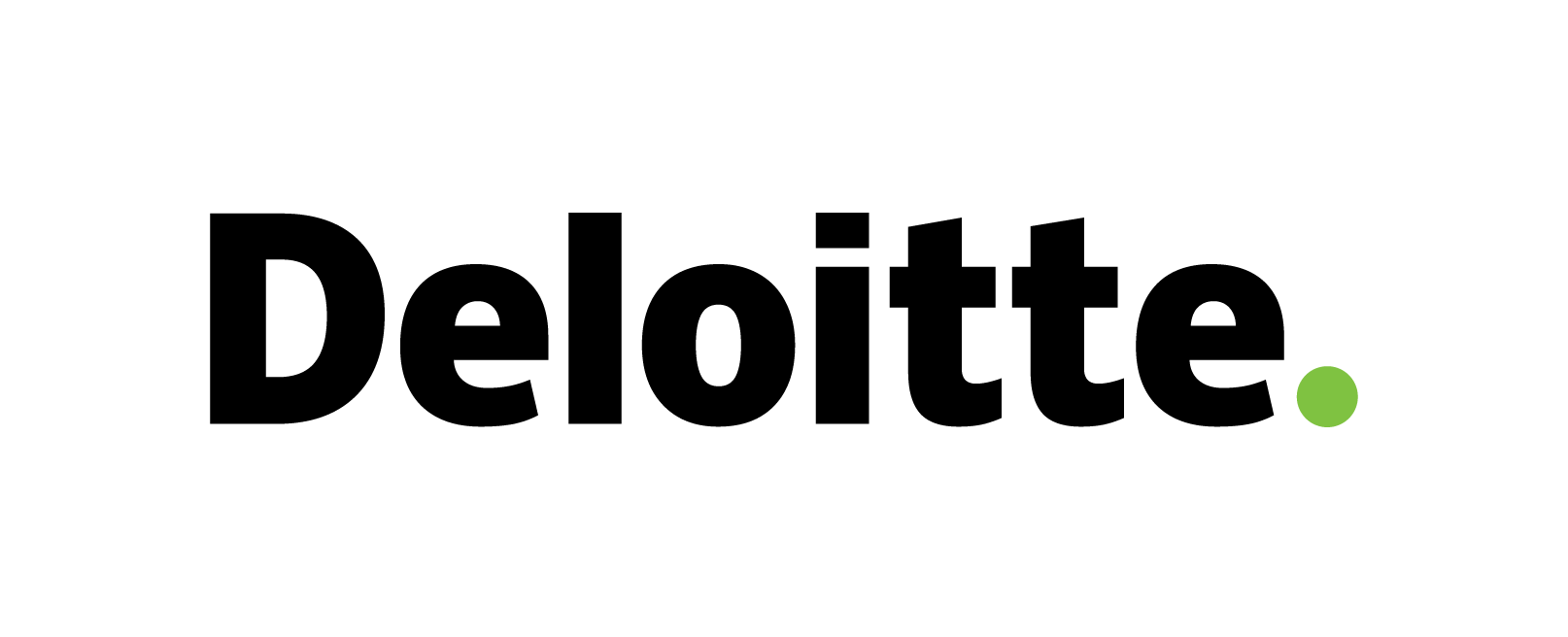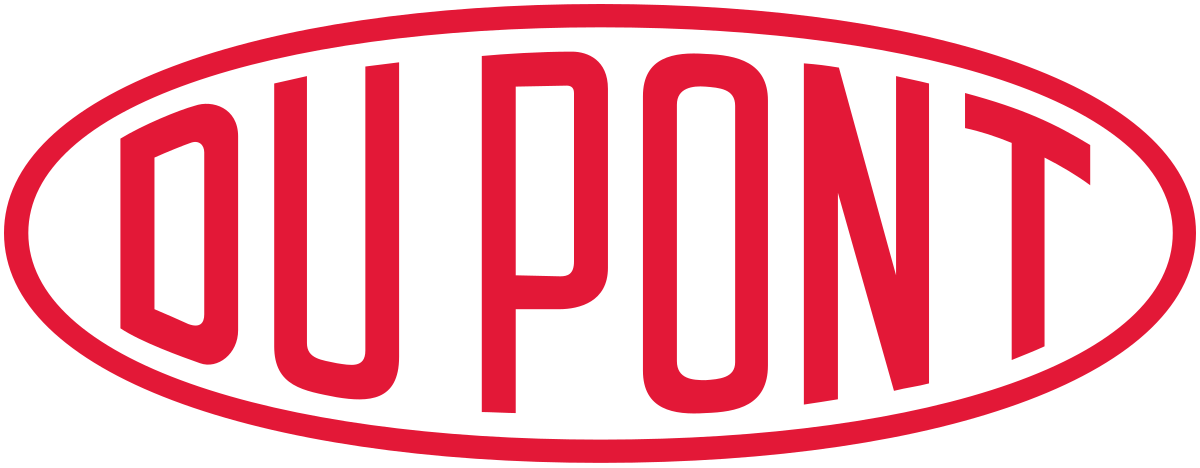Gluten-Free Products Market
Gluten-Free Products Market Trend, Opportunity, and Forecast Analysis, 2024-2032
Gluten-Free Products Market is segmented by Product, Distribution Channel, and by Region. KDMI analyst foresees market revenue to cross USD 16.63 Billion by 2032 by growing with a CAGR of 10.3% during 2024-2032.
Gluten-Free Products Market Highlights
The global gluten-free products market is expected to cross a value of USD 16.63 billion by the end of 2032. The market was valued at USD 7.79 billion in 2023 and is expected to expand at a CAGR of 10.3% between 2024-2032.
- Over the mid-term, the increasing prevalence of celiac disease is the primary factor anticipated to drive the global gluten-free products market.
- The high cost of production is a major factor to challenge the market growth.
- The North America gluten-free products market is projected to dominate the global market.
Gluten-Free Products Market: Report Scope |
|
|
Base Year |
2023 |
|
Base Year Market Size |
USD 7.79 Billion |
|
Forecast Year |
2024-2032 |
|
Forecast Year Market Size |
USD 16.63 Billion |
|
CAGR Value |
10.3% |
|
Gluten-Free Products Market Key Trends/Major Growth Drivers |
|
|
Restraint Factors |
|
|
Gluten-Free Products Market Segmentation |
|
|
Gluten-Free Products Market Key Players |
Conagra Brands, Inc., The Hain Celestial Group, General Mills Inc., Kellogg Co., The Kraft Heinz Company, Hero Group, Barilla G. e R. Fratelli S.p.A, Seitz glutenfrei, Freedom Foods Group Limited, and Ecotone others. |
Gluten-Free Products Market Outlook
Gluten-free products are food and beverage items that do not contain gluten, a protein found in wheat, barley, rye, and their derivatives. These products are specifically formulated to exclude gluten-containing ingredients, making them safe for individuals with celiac disease, gluten sensitivity, or those choosing to follow a gluten-free diet for personal reasons.
According to our researchers at KD Market Insights, the increasing prevalence of celiac disease and other gluten-related disorders, including non-celiac gluten sensitivity is expected to drive the demand for gluten-free products market during the forecast period. According to our researchers, around 2 million people in the United States alone were known to have celiac disease. On the other hand, close to 1% of people globally were known to have celiac disease. As more people are diagnosed with these conditions or opt for gluten-free diets for health reasons, the market for gluten-free alternatives continues to expand. Conagra Brands, Inc., The Hain Celestial Group, and General Mills Inc. are some of the significant parties in the global market for gluten-free products.
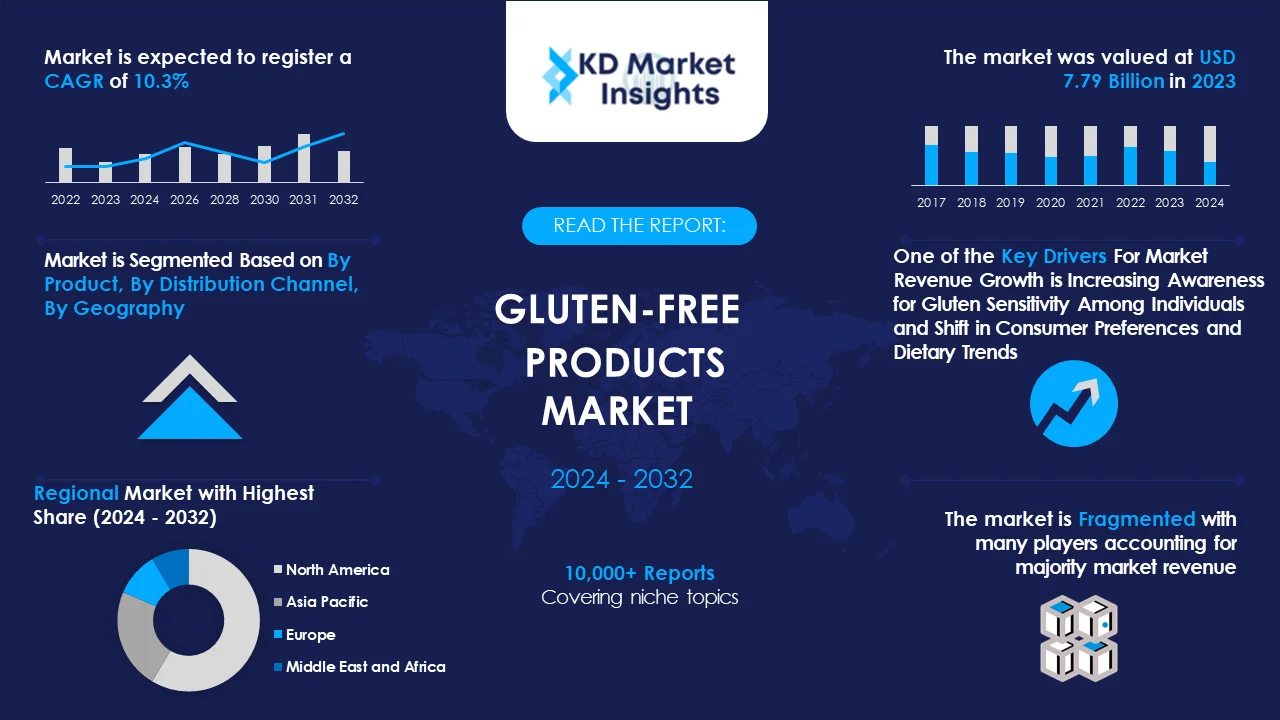 Get More Insights on This Report - Request Free Sample PDF
Get More Insights on This Report - Request Free Sample PDF
Gluten-Free Products Market Drivers – Analyst’s Observation
According to the analysts at KD Market Insights, some key growth drivers for the global gluten-free products market are:
- Increasing Awareness for Gluten Sensitivity Among Individuals: With the increasing prevalence for gluten-related diseases, and the awareness for gluten sensitivity among consumers, the demand for gluten-free products is expected to increase. Studies estimate that as high as 6% of the population or 6 in every 100 individuals may have gluten sensitivity. Individuals who experience adverse reactions to gluten-containing foods are seeking out gluten-free options to manage their symptoms and improve their overall well-being. Additionally, food manufacturers around the globe are also working constantly on developing new and improved gluten-free products that have enhanced taste, texture, and variety, which is also expected to contribute to the market growth in the coming years.
- Shift in Consumer Preferences and Dietary Trends: Recent trends witnessed among individuals for an increase in preference towards healthier eating habits, clean-label products, and natural ingredients, are expected to drive the demand for gluten-free products, and in turn, contribute to the market growth. Many consumers perceive gluten-free foods as healthier alternatives and are incorporating them into their diets as part of a broader wellness trend.
Which Probable Factors Could Hamper the Growing Gluten-Free Products Market Trend?
As per our KD Market Insights analysis, some of the challenges expected to limit the global market growth of gluten-free products are:
- High Cost of Production: The production cost of gluten-free products are known to be very high as specialized ingredients and manufacturing processes are required to manufacture these products. The higher cost of production may limit the affordability and accessibility of gluten-free products for some consumers.
- Increasing Concern for Unavailability of Ingredients: Some gluten-free ingredients, such as alternative grains, gluten-free flours, and binders, may be less readily available or costlier to source compared to traditional wheat-based ingredients. This raises the overall price of the end-product, in turn, restricting the market growth.
How is the Global Gluten-Free Products Market Segmented?
Our experts at KD Market Insights have segmented the global gluten-free products market as:
|
By Product |
|
|
By Distribution Channel |
|
|
By Region |
|
What are the Probable Factors Influencing the North America Gluten-Free Products Market Forecast?
The North America gluten-free products market is majorly driven by the expanding availability of gluten-free products in the region, along with the rise in prevalence of gluten-related disorders. Individuals in the region has been witnessing an increase in prevalence of celiac disease and non-celiac gluten sensitivity, which is raising the demand for gluten-free products. To meet the changing preferences of consumers, the retail and foodservice industry of the region are also dedicating more shelf space for these products, while restaurants, cafes and bakeries are offering gluten-free menu options for those with such dietary preferences.
As per our analysts at KD Market Insights, the following five players lead the North America gluten-free products market growth:
- Glutino
- Udi's
- Enjoy Life Foods
- Bob's Red Mill
- Annie's Homegrown
|
Key Countries to Watch for in North America Gluten-Free Products Market |
Key Insights |
|
United States Gluten-Free Products Market to Register the Largest Regional Market Share in 2032 |
USD 4.65 Billion |
|
Canada Gluten-Free Products Market to Grow with the Highest CAGR During 2024-2032 |
10.8% |
Which Key Players Top the Global Gluten-Free Products Market Share?
As per our analysts at KD Market Insights, the competitive landscape of global gluten-free products market facilitates our readers in identifying their closest competitors. The manufacturers who are associated with gluten-free products market are raising their focus on expanding their presence, as well as their market share. The market has also been witnessing an upward movement in the number of collaborations between research institutions and key players, aimed at introducing advanced technologies and innovation of new products. Here is a list of the key players who top the global gluten-free products market share:
- Conagra Brands, Inc.
- The Hain Celestial Group
- General Mills Inc.
- Kellogg Co.
- The Kraft Heinz Company
- Hero Group
- Barilla G. e R. Fratelli S.p.A
- Seitz glutenfrei
- Freedom Foods Group Limited
- Ecotone
What are the Recent Developments Observed in the Gluten-Free Products Market?
Over the years, the experts at KD Market Insights have been observing the recent developments associated with global gluten-free products market trends. Our expert’s market forecast analysis has recorded the market players adopting plentiful of key strategies including new product launches, mergers & acquisitions, and collaborations.
For instance, Dr. Schar AG/SPA shared that it has expanded its business to Argentina and Turkey by launching its two new sales offices.
Further, Annie’s Inc. stated that it has launched its new crispy cracker snack with cheddar cheese gluten-free product in the market.

Need Customized Report for Your Business ?
Utilize the Power of Customized Research Aligned with Your Business Goals
Request for Customized Report- Quick Contact -
- ISO Certified Logo -
